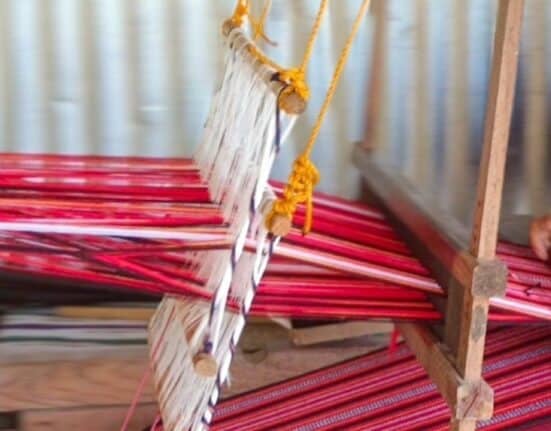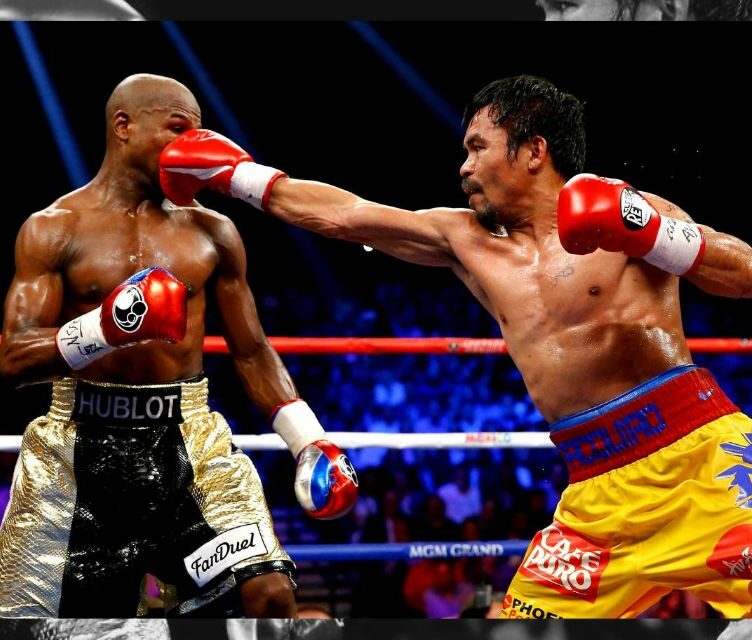THE Mountain Province has enacted a resolution to safeguard its rich cultural heritage by banning the production and sale of machine-made replicas of traditional handwoven products.
The Sangguniang Panlalawigan approved Provincial Ordinance No. 573, officially titled “An Ordinance Prohibiting all Souvenir Shops, Department/Garment Stores, and Online Selling Stores in Mountain Province from Manufacturing, Distributing and Selling Machine-made Replica of Cordillera Indigenous Woven Materials and Apparels in Mountain Province.”
This ordinance applies to all physical and online businesses operating within the province.
It was passed in response to growing concerns among local artisans about the increasing presence of mass-produced, machine-made woven products that mimic indigenous designs.
These imitations, often sold at lower prices, threaten the sustainable livelihood of traditional weavers and risk undermining the authenticity and value of Cordillera weaving traditions.
Violators will face escalating penalties: a reprimand for the first offense, confiscation of prohibited items on the second, and both confiscation and permit cancellation for any subsequent violations.
Cordillera handweaving is a centuries-old tradition deeply rooted in the cultural identity of indigenous communities such as the Ifugao, Kankanaey, Bontoc, and Kalinga.
Woven textiles are not only used in daily wear but also in rituals, ceremonies, and as indicators of social status or tribal affiliation.
This tradition has been passed down through generations, with weaving considered both a sacred art and a form of cultural resistance against colonial and commercial erasure.
Institutions like the National Commission for Culture and the Arts (NCCA) and the Philippine Textile Research Institute (PTRI) have long emphasized the importance of preserving handweaving practices as part of the country’s intangible cultural heritage.
How useful was this post?
Click on a star to rate it!
Average rating 5 / 5. Vote count: 1
No votes so far! Be the first to rate this post.
We are sorry that this post was not useful for you!
Let us improve this post!
Tell us how we can improve this post?







